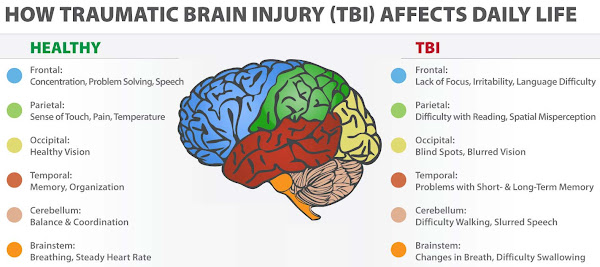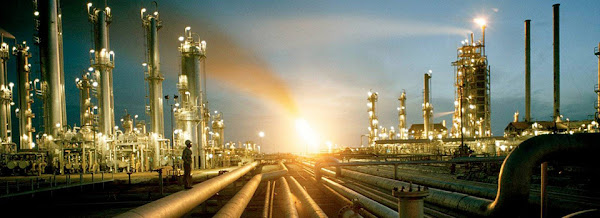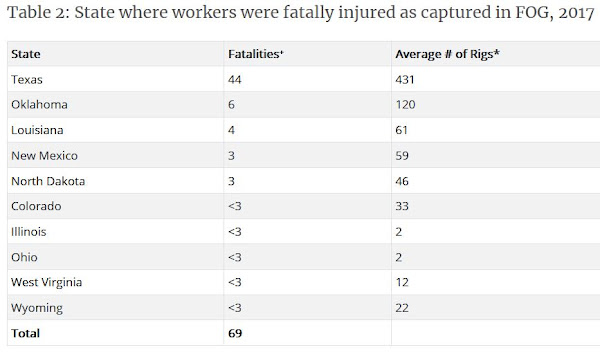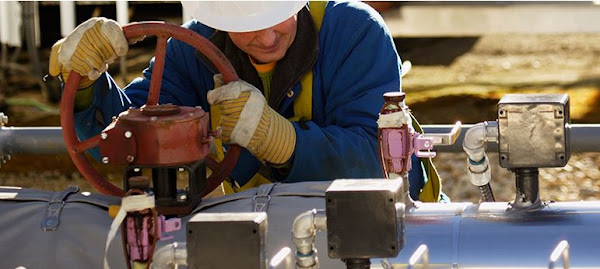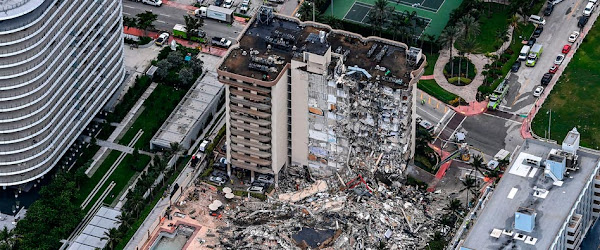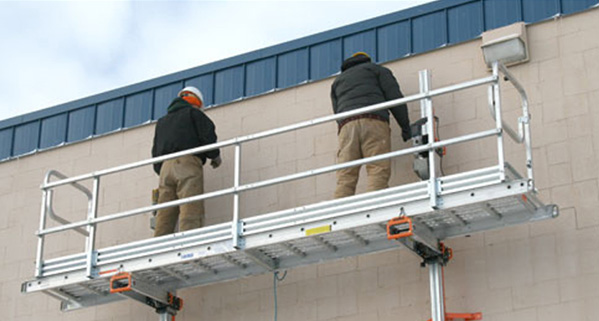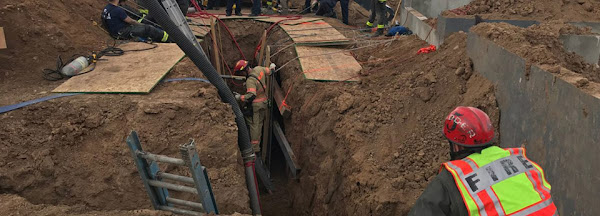MOTORCYCLE CRASHWORTHINESS
A motorcycle lacks the crashworthiness and occupant protection characteristics of a normal automobile. An automobile has more weight and bulk than a motorcycle. It has door beams, a roof, airbags, and seat belts. It is also more stable because it is on four wheels. What a motorcycle sacrifices in weight, bulk, and other crashworthiness characteristics is somewhat offset by its agility, maneuverability, ability to stop quickly, and ability to swerve quickly when necessary.According to the Texas Department of Transportation, despite less traffic on the road in 2020 and a 2% reduction in motorcycle crashes, safety officials are alarmed by a 17% increase in Texas motorcycle fatalities compared to 2019. On average, a motorcyclist is killed in a crash on Texas roads every day—last year there were 482 fatal motorcycle accidents. Motorcyclists account for 12% of all traffic fatalities statewide.
In 2019, motorcycles accounted for 3% of all registered vehicles in the United States, but motorcyclists made up 14% of all traffic deaths, according to the National Highway Traffic Safety Administration (NHTSA). And an estimated 84,000 motorcyclists were injured in accidents that year.
The Texas Transportation Institute (TTI) reports that fatal crashes between motorcyclists and drivers often occur when drivers misjudge the motorcycle’s distance and speed and make left turns in front of an oncoming motorcyclist. Last year, almost one-third of Texas motorcycle fatalities occurred in an intersection or was intersection-related. TTI also points to driver inattention as a contributing factor to motorcycle crashes.
Miller Weisbrod recovered $3,000,000 on behalf of a client who suffered a traumatic brain injury as a result of being struck by a truck trailer.
COMMON CAUSES OF MOTORCYCLE ACCIDENTS
Several things can cause motorcycle accidents, including negligence on behalf of the motorcycle driver. However, most accidents are caused by the negligence of the other drivers on the road.Vehicles Making Left-Hand Turns
Collisions between cars making left-hand turns and motorcycles are common, and often deadly. In 2019, NHTSA reported that in nearly half of all fatal crashes involving a car and a motorcycle, the car was turning left at the time of the crash.
Cars turning left typically strike oncoming or passing motorcycles in intersections. Common reasons for left-turn accidents include driver distraction, low visibility (it's often hard for drivers in cars to see and judge the speed of motorcycles), and speeding.
Drivers turning left must yield to other traffic. Motorcyclists might share fault in left-turn accidents if they speed, run a red light, or ride in the wrong lane.
Collisions
Motorcyclists are vulnerable when they collide with other motor vehicles and fixed objects (like trees, guardrails, fences). Unlike passengers in a car, bikers aren't shielded by a metal frame, or cushioned by airbags.
Motorcycles in Head-On Collisions
According to the 2019 NHTSA report, just over half of the 5,114 motorcycles involved in fatal accidents included another moving vehicle. In three-quarters of those accidents, the car struck the motorcycle in the front. (Only 7% of motorcycles were rear-ended.)
Head-on collisions are one of the most dangerous kinds of accidents for riders because of the mismatched amount of force involved (cars weigh roughly four times as much as motorcycles) and the lack of safety features on motorcycles.
Collisions between Motorcycles and Fixed Objects
Motorcyclists were also more likely to die in collisions with fixed objects, compared with people in passenger cars in 2019. For example, motorcyclists can be severely injured or killed when they veer off a rain-slicked road and hit a tree, fence, or guardrail. Of the 5,114 fatal motorcycle accidents in 2019, 23% were collisions with fixed objects, compared to 16% for passenger cars, 13% for light trucks, and 4% for large trucks.
Road Hazards
The driver of a car may not notice things like uneven road surfaces, gravel on pavement, and railway tracks. But bikers need to be extremely aware of common hazards like these. Because motorcycles are smaller and less stable than a car, irregularities and unexpected objects in the road can cause a motorcycle to crash.
Lane Splitting
Lane Splitting is when a motorcycle snakes or weaves between a line of stopped or slowly moving cars. Lane splitting is a common cause of motorcycle accidents because cars do not expecting any vehicle to pass them in slowed or stopped traffic, and there is very little room for motorcycles to maneuver when they weave between cars.
As of 2021, only a few states allow lane splitting. If an accident happens when a motorcycle is lane splitting, there's a good chance the motorcyclist will be found at fault.
Riding Behaviors
Motorcyclists might not be able to control factors like road hazards, but they can control their own riding behaviors. Some motorcyclists are willing to break the law and violate safety rules when they ride.
Riding Under the Influence
Alcohol is involved in 25% of motor vehicle accidents. Intoxication can affect car driver’s ability to recognize motorcycle riders, and pedestrians.
- Impacting their distance and depth perception. This makes motorcycles harder to see from a distance.
- Lowering straight line driving performance by affecting steering wheel control. This is why drunk drivers can be observed swerving and crossing into opposite lanes, which is dangerous for lane sharing or splitting motorcycles.
- Limiting their vision. An intoxicated driver is less likely to see a pedestrian or rider until it’s too late.
Light and more powerful motorcycles (like sport and super-sport bikes) encourage speeding and other high-risk behavior. 33% of motorcycle riders in fatal crashes in 2019 were speeding. Younger riders are even more likely to be involved in fatal accidents while speeding. Half of all riders in the 21-24 age groups who died in motorcycle accidents were speeding when they crashed.
Not Wearing a Helmet
One of the easiest things a motorcyclist can do to stay safe is to wear a helmet. The NHTSA estimates that for every 100 motorcycle riders killed in crashes while not wearing helmets, 37 of them could have been saved had they worn a helmet.
In Texas, helmets are required for any rider under the age of 21. Riders over the age of 21 may forego wearing a helmet if they obtain the proper certification or insurance coverage.
Motorcycle Insurance: Texas motorcyclists must carry the minimum liability coverage: $30,000 bodily injury coverage for each injured person in an accident, $60,000 bodily injury coverage total per accident, and $25,000 property damage coverage per accident. This coverage is known as “30/60/25 coverage.”
In a motorcycles accident, the riders lack the protection of an enclosed vehicle, so they are more likely to be injured or killed. The federal government estimates that per mile traveled in 2019, the number of deaths on motorcycles was nearly 29 times the number in cars.Because traumatic head injuries are common among fatally injured motorcyclists, helmet use is important. Helmets are 37 percent effective in preventing motorcycle deaths, and 67 percent effective in preventing brain injuries. Only 18 states and the District of Columbia mandate helmet use by all riders.
Although the decision to wear a helmet is at the rider’s discretion if over the age of 21, helmets have been proven to save lives.
Our team also recovered $2,750,000 for another client injured in a motorcycle accident when another vehicle failed to yield.
OUR TEAM
Our motorcycle accident attorneys are dedicated to guide you through the process of a claim and a possible lawsuit.Our experienced Motorcycle Accident Attorneys can assist with the following:
- Assist you in getting the medical help you need – Motorcyclists do not have the luxury of being protected by the frame of a car. As a result, they can suffer severe head, neck, back, arm & leg injuries. Our staff will work tirelessly to help you find the right doctor for your specific injury.
- File claims to repair or replace your motorcycle – Getting your motorcycle fixed or finding a new motorcycle may be your immediate concern.
- Investigating your crash – Our professional investigators can obtain and review the police report, analyze the accident scene, study crash photos and interview witnesses. We also consult with accident reconstruction experts who can explain why your motorcycle accident occurred and who was responsible.
- File a lawsuit in the proper court – If your case cannot be settled without litigation, we can file a lawsuit in the right venue and begin litigating your case. If needed, we can seek court orders to require the vehicle driver to provide information that he or she may be withholding.
- Negotiate a settlement or go to court – We prepare for all of our cases to go to trial. This gives us an advantage when seeking a settlement from the insurance company. We are aggressive at the negotiation table and persuasive in the courtroom. We aim to maximize your recovery.
- Collect your verdict or settlement – Even after a settlement is reached or a verdict is returned, steps must be taken to collect what you are owed. We will work diligently to collect and disburse the funds you are owed as quickly as possible so that you and your family can move on with your life.
CONTACT A MOTORCYCLE ACCIDENT ATTORNEY
If you or your loved one were injured in a motorcycle accident that was caused by another driver’s negligence, you may be able to recover financial compensation for your injuries. To help determine whether you may be able to file a claim against the other driver, contact the Dallas Motorcycle Accident Attorneys of Miller Weisbrod to discuss your accident.For more information, we invite you to contact our offices in Dallas at 214.987.0005 to schedule a free initial consultation with our experienced personal injury trial lawyers. If you are calling from outside the Dallas/Fort Worth area, please call toll free at 888.987.0005. You may also contact us by filling out the form on this page to schedule your free consultation.











